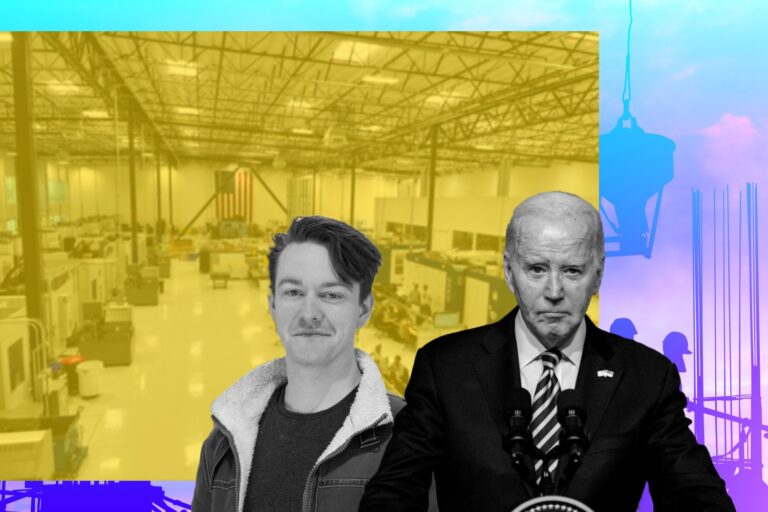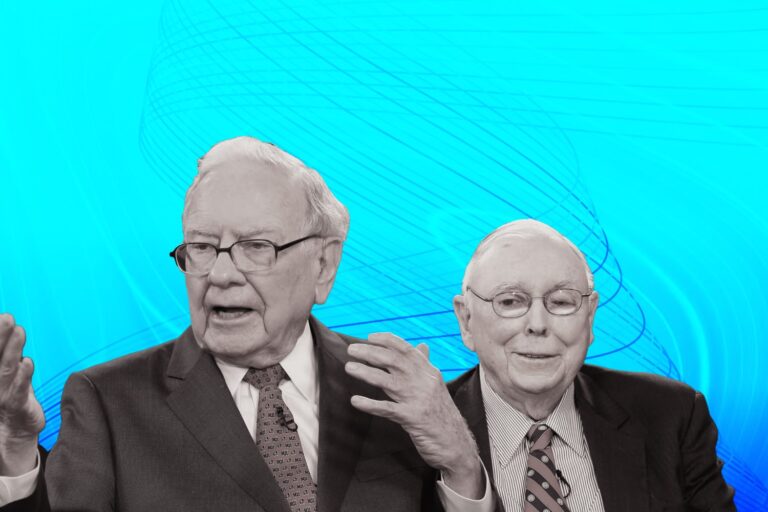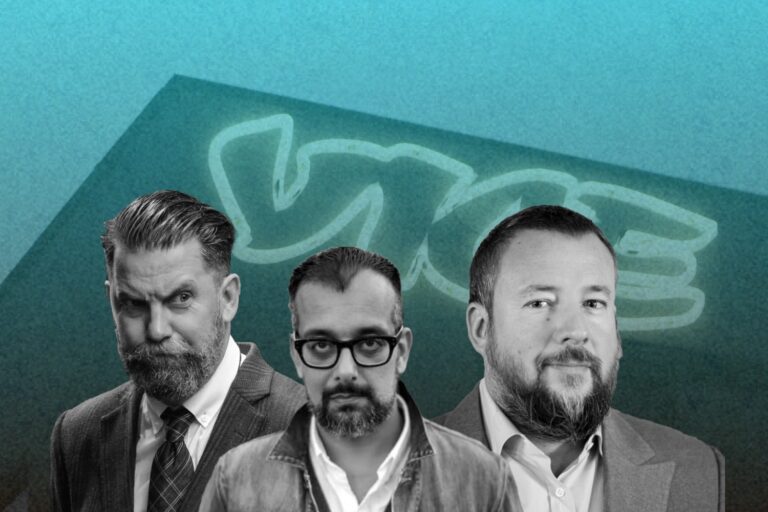Insights about Tope Awotona: Product-led Calendly’s Path from 3 Failed Startups
Tope’s Founder story begins in Lagos, Nigeria. He was the third of four children (all boys), and the Awotona’s big family meant their house was always filled with people and laughter. Tope’s childhood was a good one where community and boy adventures were always close by. In true entrepreneurial form, Tope claims “I got into just the right amount of trouble growing up to where I had a lot of fun, but no one ever called my parents. I knew exactly what I could get away with and toed that line.”
In Tope’s words, he was “lucky to have two of the coolest parents in the world.” His Dad was the more lenient and easier going one, a beloved jokester with a big heart. His Mom was a tough woman who was ambitious, driven, and strict. She was always asking “What is your plan?” and looking 10 years ahead.
Nigeria is a country with a huge wealth disparity – most are either very rich or very poor. Tope’s parents actually came from both of those backgrounds. His Mom grew up in a wealthy family, but his Dad came from a very poor and broken home. Tope’s father picked himself up from his bootstraps and through a lot of hard work and a bit of luck – he was able to escape that cycle.
This background meant that Tope’s parents constantly reminded him that they had what a lot of people did not and how important it was to be grateful.
His Mom was the Chief Pharmacist for the Central Bank of Nigeria. His Dad was a microbiologist by training and worked for the Nigerian division of Unilever, but he was an entrepreneur at heart. These two parental perspectives gave Tope a lot of insight into what he wanted for his life.
Tope’s Three Failed Startups – The Springboard for His Later Success
Tope claims that Calendly would have never happened without his experience at Perceptive Software. He always knew he wanted to be an entrepreneur but was waiting for the perfect path to get there. Until one day, when Perceptive had a staff meeting where their Founder, Cott Coons, told the story of how the company went from idea to fruition. For the first time, Tope realized that successful companies do not always take a straight path forward. The Perceptive startup story had many twists and turns, but they learned from their mistakes, kept persisting, and it still led to great success.
This was Tope’s aha moment. He learned firsthand that people who start great companies are smart but, more importantly, they take action when they see opportunity and stick with it to make it work. As Tope shared, “It made entrepreneurship all of a sudden more attainable. I knew if they could do it, I could too.”
He also decided to start his entrepreneurial journey.

#1. First Failed Startup – STT Media
A dating website. Tope read a New York Times article about the Founder of a startup called Plenty of Fish who was making $10M/year working 10 hours a week. Tope was inspired. He looked up their website and instantly knew he could build something better. STT Media was born which stood for “Single To Taken.” But it never launched. Tope quickly realized that he did not quite have the means or skills to do it as well as he wanted.
#2. Second Failed Startup – Projectorspot.com
Tope’s second startup began when a business broker (long story short) convinced Tope to build a website around selling projectors. Projectorspot.com was born. It was an ecommerce site selling, you guessed it, projectors. According to Tope, he did not sell many and the margins were terrible. “I did not know anything about projectors! And honestly? I did not want to know about them.”
#3. Third Failed Startup – Green Eggs
His third startup came when he pivoted from projectors to grills and started yardsteals(dot)com. He had a bit more success selling knock-off Big Green Eggs, but quickly realized he had the exact same problem. He was pulling more profits, but he still was not passionate or knowledgeable about what he was selling. In Tope’s words, “Once again, I did not know anything about grills, and I didn’t want to! I lived in an apartment, and never even grilled.”
Tope realized he kept doing things he was not passionate about and decided to make a bigger commitment. His previous efforts had been only about starting a business to make money, but he knew that was not working. His new focus would have to be something he was knowledgeable about, that could solve an important problem, and be something proprietary. No more reselling. He took a breath and waited for the right idea. He would own the product and capture more of the value chain in his next start up.
Product-led Calendly’s Inception from Tope’s Empathy and Previous Failures
He has always explored entrepreneurship while being comfortably employed. Up until he started Calendly he spent all of my professional career in sales.
In sales role, he was a victim of the email song and dance every single day, where it took multiple email exchanges to schedule mutually accommodating meeting times. Few scheduling tools he researched were built for professional salespeople and the existing legacy tools looked like they were built in 1989: Clunky, and difficult to use. He had a hard time getting people to adopt them because they were so terrible to use. The more he looked around, the more he saw an obvious gap in terms of usability for business professionals. Even before and after scheduling, there are CRMs or marketing allocation systems that need to be updated, and with the explosion of different applications and SAAS, people clamored for point tools that would integrate into the entire ecosystem of tasks they were using. That is what he wanted to address.

Calendly allows users to create rules around their availability. “You can set rules, and as requests for meetings arise, share the Calendly link to communicate available time slots. We make it super simple for people in customization roles: Entrepreneurs, inside sales reps, recruiters, financial survey advisors, and sole premium freelancers. People who spend the majority of their work interacting with people outside of their organization.” said by Tope.
He initially had the idea for Calendly in 2012, but took a cautionary approach, spending a lot of time researching the market. He went into customer discovery without attachment to a specific outcome and let the process guide him in determining if there was an opening in the market. He probably spent about two to six months on customer discovery, validation, and determining opportunity. Tope was not naive about what he would need to take this idea and and turn it into a real product: Develop a working product, acquire users, monetize those users, and employ a team of engineers, marketers, and customer success agents. Initially he hired a company based out of Europe called RailsWare to build the MVP, they are known for excellent work and are very well respected in the community of Rails engineers.
Just about every single month since he launched seven years ago, Calendly has grown double digits, anywhere from 15-20% a month compounded. By far the best user acquisition channel are users who experience the product. 70% of people who sign up do so because someone invited them to schedule a meeting.

It was difficult and interesting to go back to people who signed up for a free product and change the pricing policy to monetize it. We read what felt like 100 emails calling us ‘bait and switchers’ and nasty name,” said by Tope. He tested the pricing and found it was inelastic, at multiple prices points the propensity to upgrade did not change. Charging users added a lot of clarity to the most important elements. It helped his company grow by focusing not on incremental changes but on changes which dramatically increase product value and practical utility for our users.
“I am not a big activist, but what I can do I really want to do: Make Calendly successful. If I make Calendly successful then my nephew and niece (my biggest motivations), have people in tech that look just like them,” said by him. Bringing awareness to the underrepresentation of minorities in technology fields is an important way to attack it, but it also needs existing minorities in the field to be successful.
The Bottom Line
In summary, you may not have the same access to capital that somebody of similar qualifications has, so you have to work harder to make sure your business model is solid and you can access resources to hire the right people. When you are forced to work harder, your chances of being successful dramatically increase. Tope Awotona is an example of that. A lot of companies have raised a ton more money than we have and do not have the same success to show for it. While you are hoping and working towards things changing, use it as an asset for motivation. You will chart a different course and become more prosperous in the process.









